News
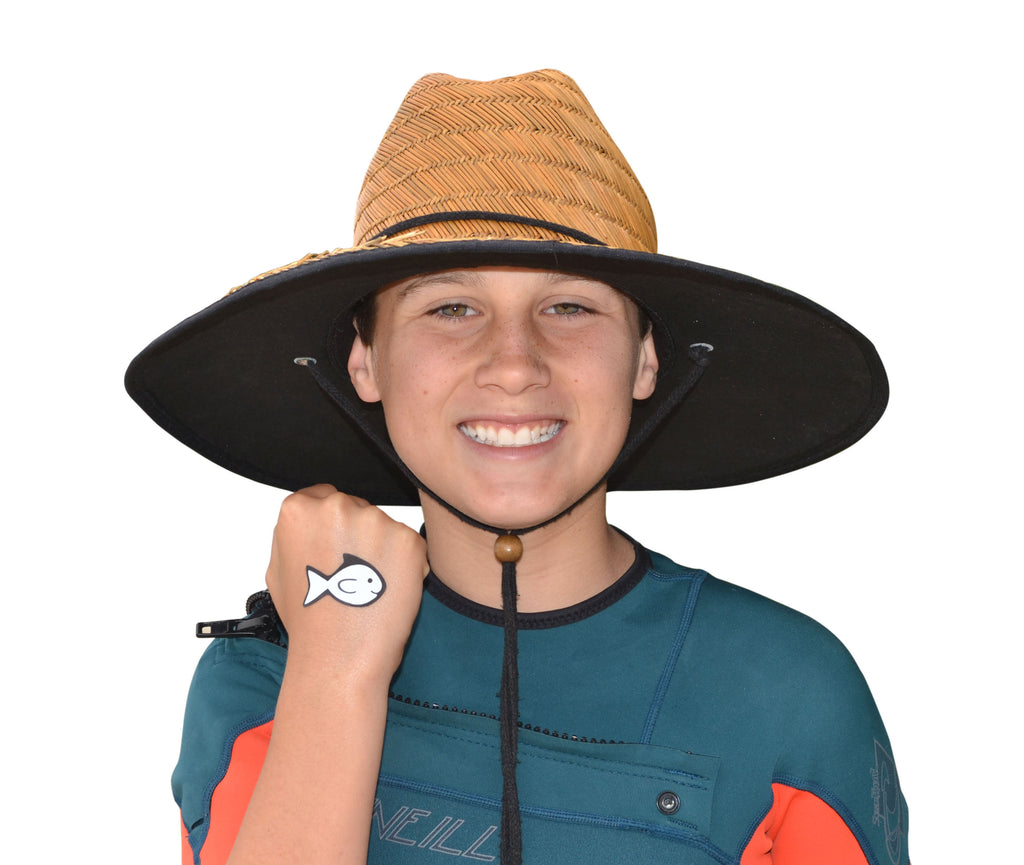
Sunscreen reminder stickers; a key to sun protection
Colour-changing UV stickers
As children of the Slip-Slop-Slap generation, and having suffered multiple skin cancers, being SunSmart is hard-wired into our family's outdoor activities.
The Problem
One element of the Slip-Slop-Slap (now Seek and Slide!) that continued to be problematic was my inability to understand when to reapply apply sunscreen.
Sunscreen is an amazing tool in our sun protection arsenal. However to ensure sunscreen can protect exposed skin as it is designed to do, there are a number of key factors. Firstly, applying as directed is essential.

As a general rule, sunscreen instructions state to reapply after every 2 hours or after swimming, sweating and towel drying. However the reality of timing reapplications or convincing a child they need to reapply sunscreen is very different. If you are anything like me the internal dialogue is something like...."Did I apply sunscreen at 9am or 9.45am, how long have the children been in the water, did I even put sunscreen on??"
The solution
sundicators, a patented colour-changing product that reminds you when to re-apply sunscreen.
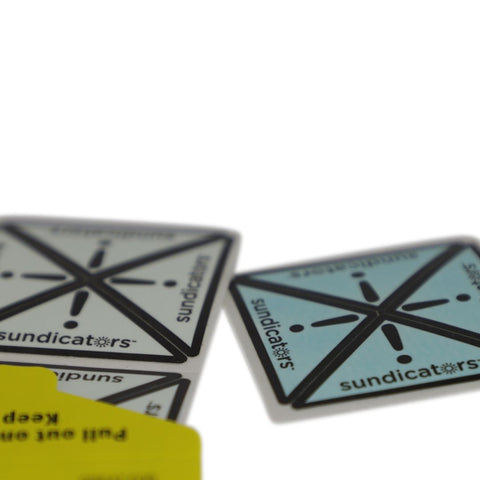
How they work
When sundicators stickers are exposed to UV, they change colour from white to blue.
When the stickers (and your skin) is covered with sufficient sunscreen they stay white. When the stickers change from white to blue, it's time to reapply.
This simple, patented technology is a clear alert that there is insufficient sunscreen to "block" the UV receptors in the sticker and also protect the skin.
sundicators work with most sunscreens, we suggest creams and lotions, as opposed to aerosol sprays that contain alcohol.
Where to apply
sundicators do not need to be applied to the skin to work, and if you do they are super thin making them comfortable for all ages and the adhesive is 3M medical-grade.
When sundicators stay blue
Another benefit of sundicators is that they alert you to sunscreen that is not protecting you as it should.
The sunscreen could be expired or has been exposed to extreme temperatures and the SPF value has diminished. If sundicators stay blue, it means the sunscreen is not providing you with the SPF value on the label. It's time to throw it away and purchase new product.
Take the guesswork out of when to reapply sunscreen with sundicators.
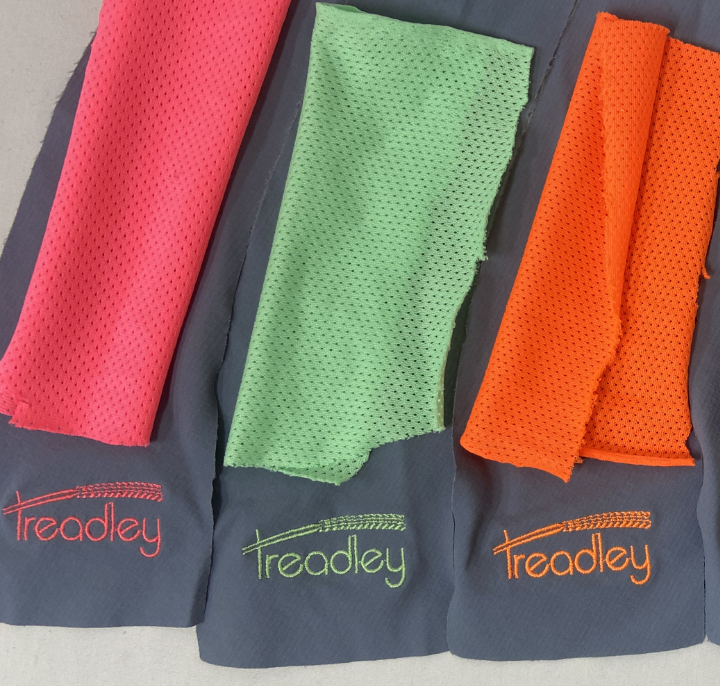
New Bicycle Helmet Hat Styles Available in 2024
Treadley Helmet Hats to release new colours
We are excited to announce that new adult and children's styles of bicycle helmet hats will be available in 2024.
Adult Styles
The new options in adult sizing are in the Explorer style, our most versatile and popular helmet hat. The base fabric has been tested by ARPANSA and has achieved an Excellent, UPF50+ rating. The dark grey fabric features 5% spandex to allow adjustment over a range of helmet shapes.
The new range includes five contrasting mesh and embroidery colours with options of bright colours for additional visibility or more subtle colour choices. Options include:
- Hot Pink
- Mint Green
- Safety Orange
- Natural
- Dark Navy Blue
Children's Styles
Our first release of new children's style in a number of years will see two custom prints of classic design. The base fabric has an Excellent, UPF50+ rating and will be manufactured on a modified Explorer pattern offering ventilated mesh panels.
Availability
Adult helmet hats are expected to be available late January 2024, with children's hat available March 2024.
Shop our current range of Treadley Helmet Hats.
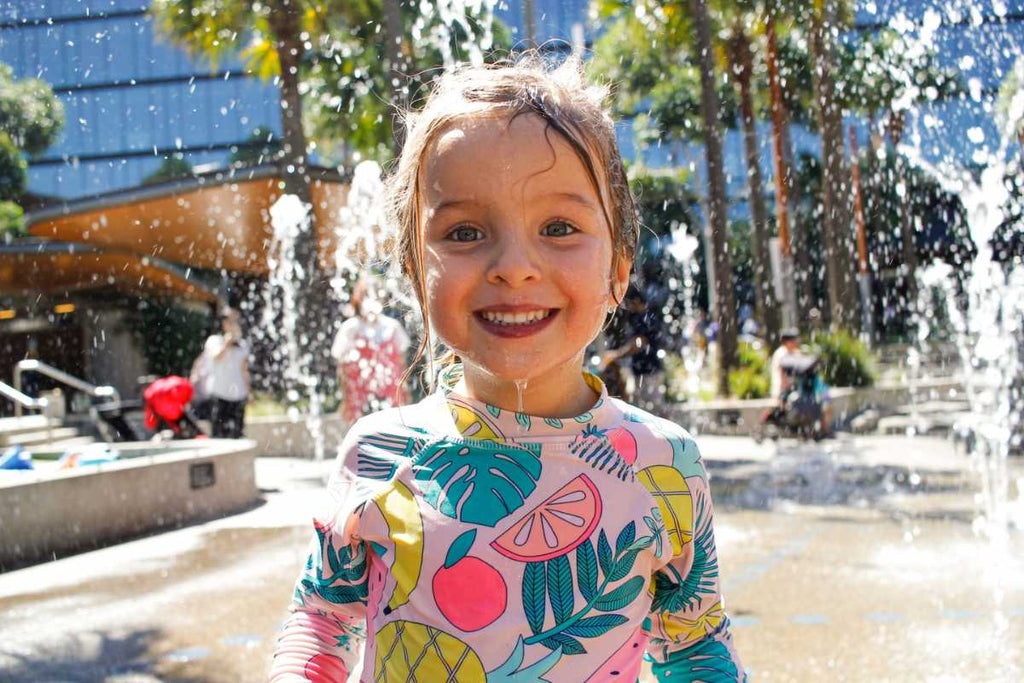
Sun protection tips for kids
How to be sun safe in Australia year-round
Australian children love to be outside in nature enjoying unstructured play. And who could blame them? We have amazing parklands, reserves and activities to enjoy and of course there’s the beach. But our location and climate has one disadvantage – the potential for a high UV rating, year round.
Even when it’s overcast outside, there’s still a great danger of skin damage with the potential to develop skin cancer later on. This is why you as parents need to take precautions against the sun to protect your children.
Your Child
Until a child is approx. 13, children they are at a much greater risk than you are; their skin is 30% thinner than the average adult, meaning they’re more at risk from burning.
We all know that UV rays are dangerous, but we’re often unaware of how severe it can be. When it comes to UV rays, you can’t feel or see them – they’re just there causing you and your family harm without you even knowing it.
Set an Example
Be sun smart yourself and set a good example; after all skin protection is just as important for you too.
Before you venture outside ensure everyone has a high SPF sunscreen applied, and make checking they have their hats and sunglasses fun. We love KINeSYS Sunscreen - it's oil and alcohol free and the not heavy or greasy. Create challenges, have races...think outside the box and get your kids thinking about being sun smart.
Be Prepared
As a parent, you know you have to be prepared at all times. Hats get lost and clothes get dirty or wet. Keep a small handy-size bottle of sunscreen in your bag at all times and if room allows, pack a spare broad brimmed hat or sleeved shirt.
Wear sundicators Sunscreen Reminder Stickers to provide a visual prompt for when to reapply sunscreen.
If riding bikes or scooters, try a Treadley Helmet Hat to reduce UV exposure.
When and Where
We all agree getting our children outdoors and into nature is essential. When the UV is high a little bit of planning goes a long way to making the day more comfortable and enjoyable for everyone.
Choosing the right activity, time and outdoors location is essential. If you have a day at a park or reserve planned, stick to the areas of natural shade or shade sails in the peak UV times. In the higher UV months and when there is little or no shade available, enjoy outside play in the early morning or early evening when the UV is not as strong.
Technology
Today, technology can help us. With the Cancer Council’s SunSmart app you will not only stay ahead of technology, you’ll also stay safe. Remember the Cancer Council recommends sun protection when the UV is 3 and above – for most of Queensland this is all year round. Use our sundicators Wristband or Stickers to monitor your UV exposure and remind you when to reapply sunscreen and when to avoid the sun.
Comfort
Sometimes the feeling of sunscreen on children’s skin makes them feel uncomfortable. If your children don’t like the cold feeling of sunscreen hitting their bare skin, switch to an alcohol-free sunscreen. And if they don’t like the slimy feel, choose solid sunscreen sticks instead.
Fun
Applying sunscreen to your child’s face could be treated like face painting. Perhaps you could do it for them or they could do it themselves it doesn’t really matter, it’s still fun! Just don’t forget to rub it all in afterwards.
Zinc is great. It protects the sensitive areas of the face such as the nose and around the eyes. Instead of boring old white zinc, let your kids choose their favourite colours.

Outdoor play can easily be sun smart play.
Things to remember always:
- Apply sunscreen to your child’s body 20 minutes prior to going outside
- Reapply sunscreen every few hours, more if your child’s sweating, swimming or very active
- Use a minimum of SPF30
- Don’t only rely on sunscreen to protect your children from the sun – think broad brimmed hats, sleeved shirts, sunglasses and rash shirts for water activities. Swap the cap; they don’t protect ears and the back of neck and forget singlets or strappy shirts which leave the shoulders and arms exposed
- Make sure your sunscreen hasn’t expired
- Check your child’s skin on a regular basis, and if you have any concerns, contact your family doctor
Shop for fun, sun smart products today; sundicators and Treadley Helmet Hats.
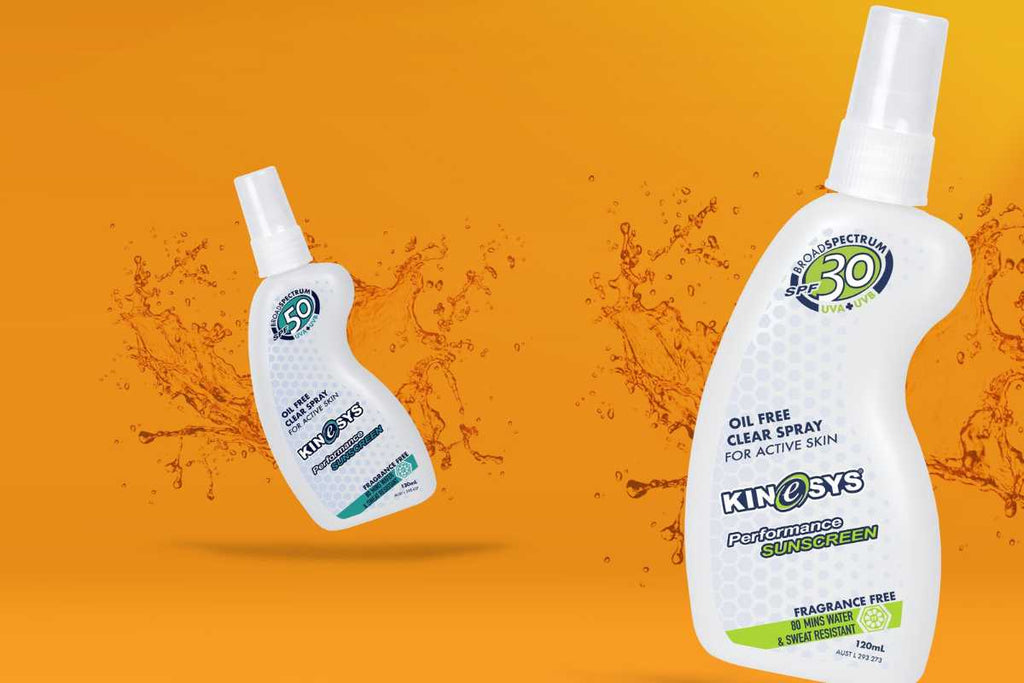
SPF 30 v SPF 50
What's the difference between SPF30 v SPF50?
SPF stands for Sun Protection Factor and it applies to the level of protection from harmful UV rays provided by sunscreen.
Does Sunscreen block all UV rays
Sunscreen DOES NOT block 100% of UV rays. Due to Australia’s extreme UV and our outdoor lifestyle, we recommend using high SPF sunscreen.
Sunscreen’s labelled SPF 30 filter 96.7% of UVB rays & SPF 50 filters 98%.
While there may appear to be a big difference between the level of protection provided by SPF 50, as opposed to SPF 30; the difference is less than 2%
How much sunscreen is enough?
With a minimum difference between protection and price of the two, the key to achieving the product claims, and giving you and your family the protection needed, is to apply sunscreen according to the manufacturer’s guidelines.
Some key things to remember:
- Sunscreen needs to bind / soak into your skin – so apply it a minimum of 20 minimum before heading outside. If not, it is like painting a wall and then hosing it immediately – it will mostly wash off!
- To reach its SPF you need to apply sunscreen generously. A pea-sized amount is NOT enough. When applying, you need to see the sunscreen on your skin – it will soak in.
- Sunscreen is temporary – it needs to be reapplied OFTEN. Generously slather on at LEAST every 2 hours AND after being in the water, sweating and towel drying.
While sunscreen is convenient and reasonably cheap, it is the LEAST reliable sun protection option. Because you can’t see sunscreen, you don’t know if it is still providing protection.
To overcome this problem, we recommend using a sundicators Sunscreen Reminder Sticker to provide a visual, colour-changing prompt.
Sunscreen Reminder Stickers
sundicators patented Sunscreen Reminder products prompt you when to reapply sunscreen.
They are the missing link in your sun protection routine. They help you to "see" UV and take preventative action. No more guessing.
Explore the range of UV Stickers, Wristbands and Sunscreen Reminder Stickers.

